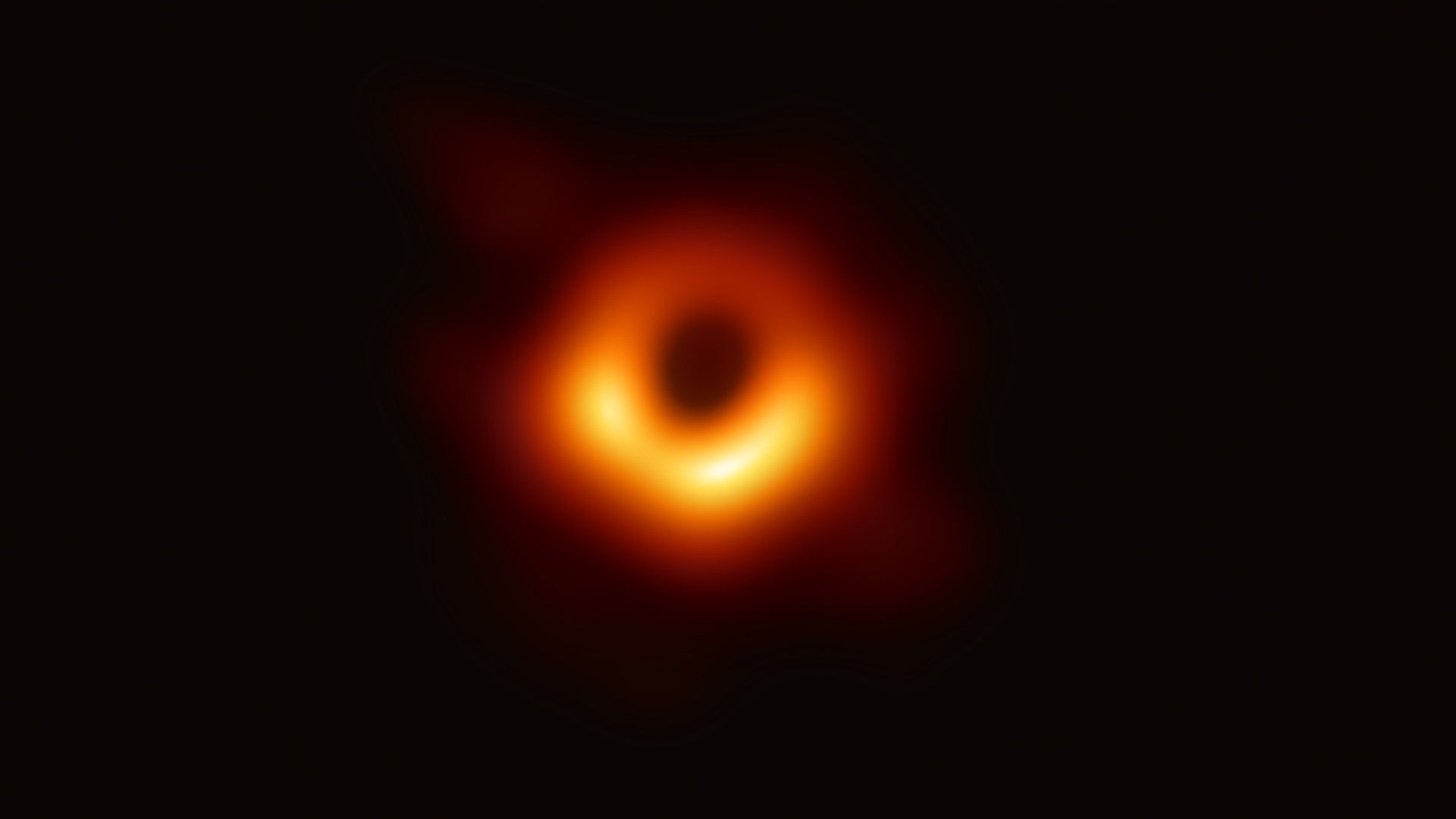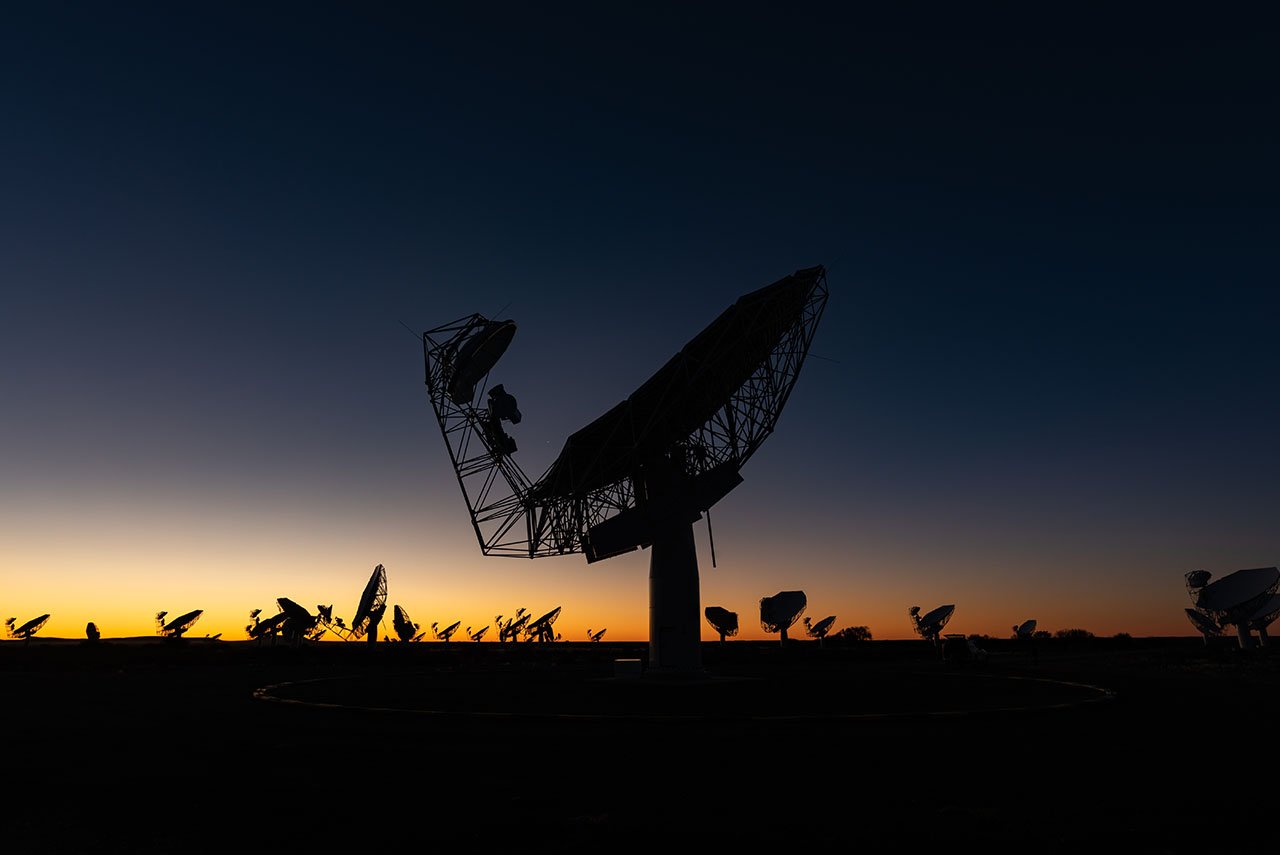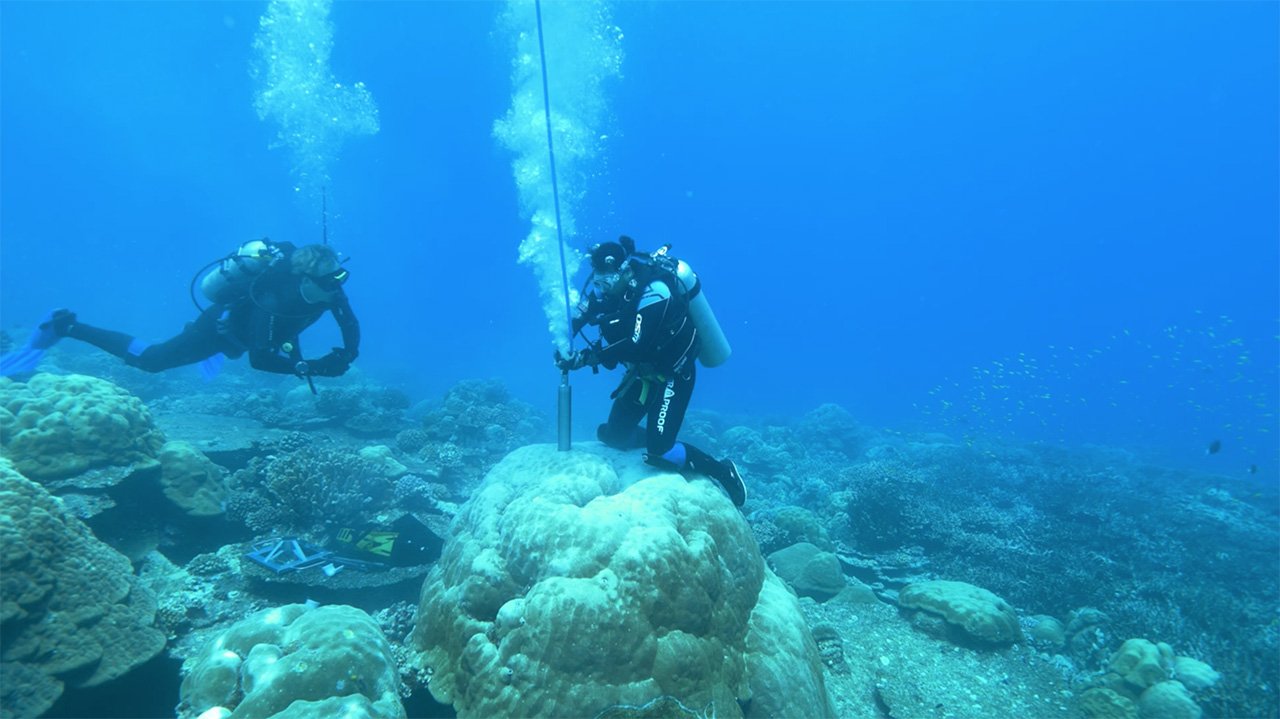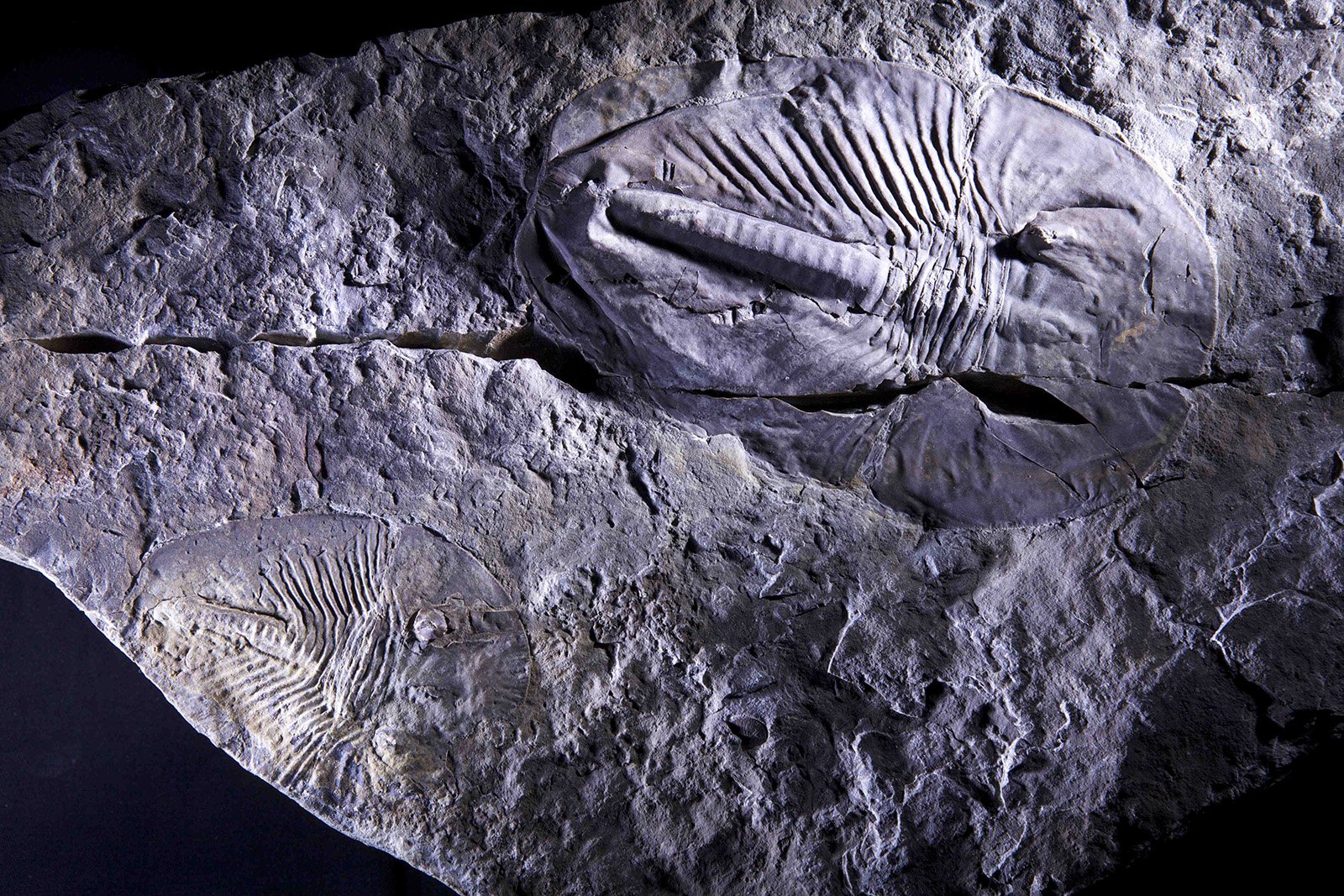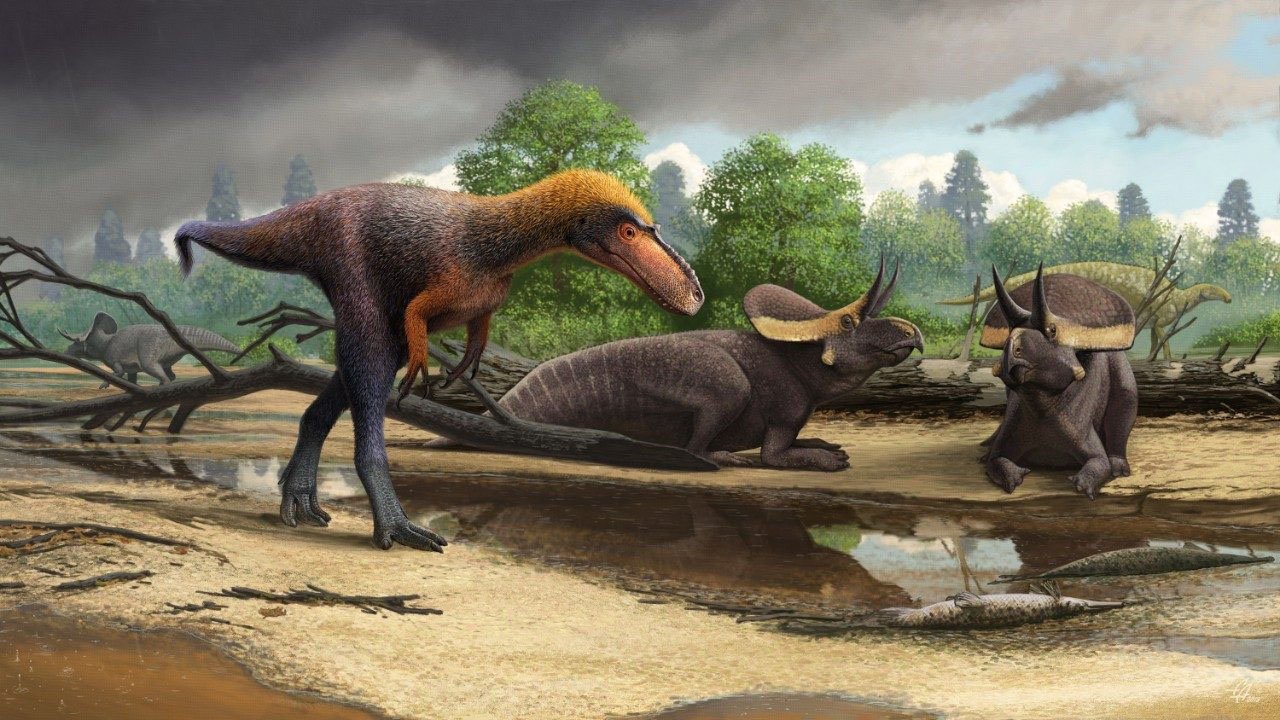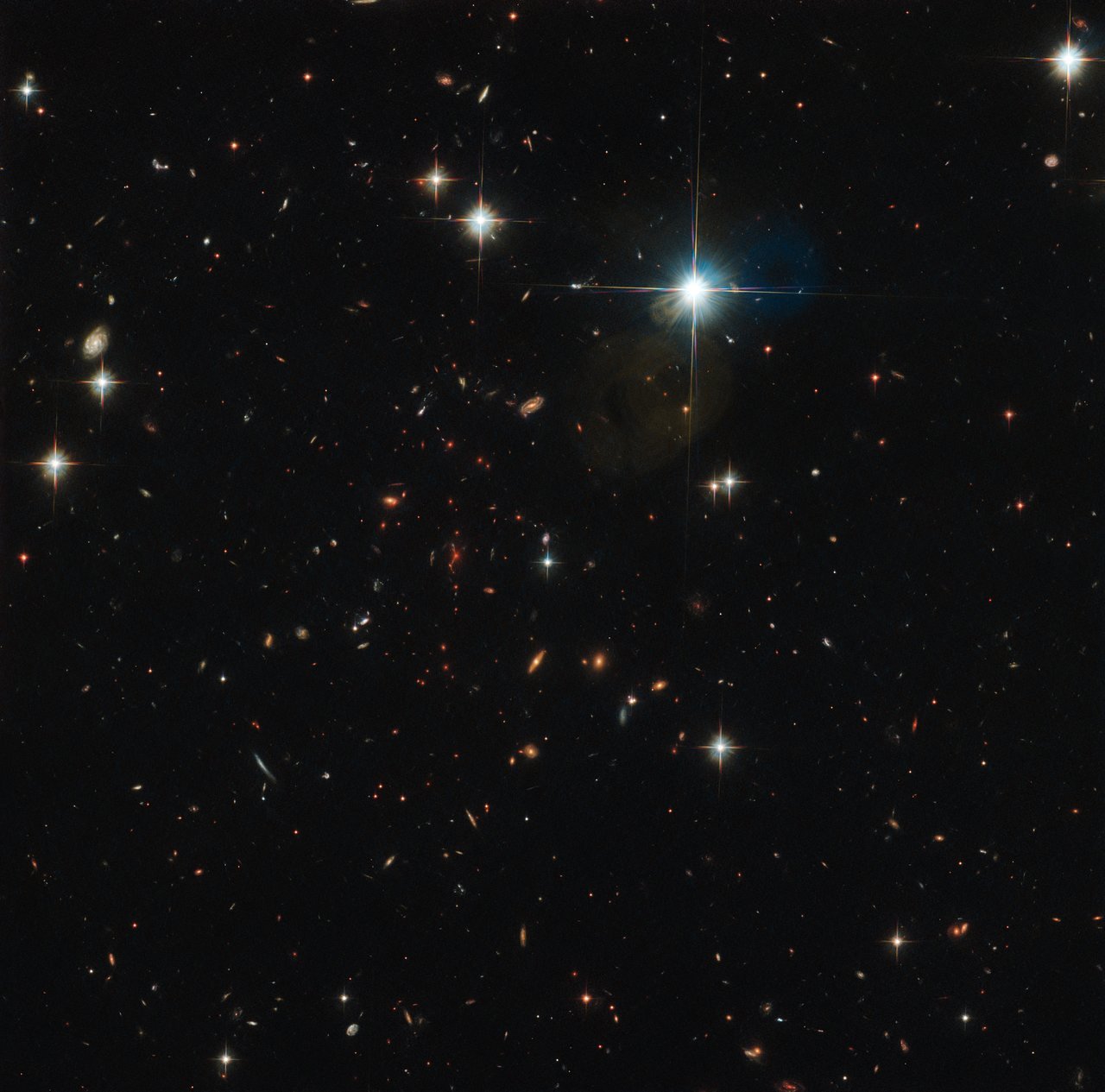Arsenic in drinking water may change heart structure
Drinking water that is contaminated with arsenic may lead to thickening of the heart’s main pumping chamber in young adults, a structural change that increases the risk for future heart problems, according to new research in Circulation: Cardiovascular Imaging, an American Heart Association journal. “People drinking water from private wells, which are not regulated, need to … Read more



